Archives
- 2025-12
- 2025-11
- 2025-10
- 2023-07
- 2023-06
- 2023-05
- 2023-04
- 2023-03
- 2023-02
- 2023-01
- 2022-12
- 2022-11
- 2022-10
- 2022-09
- 2022-08
- 2022-07
- 2022-06
- 2022-05
- 2022-04
- 2022-03
- 2022-02
- 2022-01
- 2021-12
- 2021-11
- 2021-10
- 2021-09
- 2021-08
- 2021-07
- 2021-06
- 2021-05
- 2021-04
- 2021-03
- 2021-02
- 2021-01
- 2020-12
- 2020-11
- 2020-10
- 2020-09
- 2020-08
- 2020-07
- 2020-06
- 2020-05
- 2020-04
- 2020-03
- 2020-02
- 2020-01
- 2019-12
- 2019-11
- 2019-10
- 2019-09
- 2019-08
- 2019-07
- 2019-06
- 2019-05
- 2019-04
- 2018-07
-
The synthesis of target compound RS C is illustrated
2022-06-28

The synthesis of target compound (RS)-C02 is illustrated as Scheme 2. Compound (RS)-3 was synthesized as reported procedures [40] and then reacted with ethyl piperidine-4-carboxylate to yield (RS)-C01, which subsequently was converted to target molecule (RS)-C02 by performing a nucleophilic substitu
-
HCV is a highly diverse virus with seven known genotypes
2022-06-28
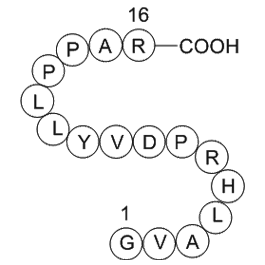
HCV is a highly diverse virus with seven known genotypes (GT1–7) and multiple subtypes (Gower et al., 2014, Messina et al., 2015, Smith et al., 2014). Patients infected with HCV develop a heterogeneous population of viral species known as quasispecies due to low fidelity of the RNA-dependent RNA pol
-
br Introduction The discovery that the nitric oxide
2022-06-28

Introduction The discovery that the nitric oxide (NO), soluble guanylate cyclase (sGC), and cyclic guanosine monophosphate (cGMP) pathway mediates erection has led to the use of phosphodiesterase type 5 (PDE-5) inhibitors as the gold standard for treating erectile dysfunction (ED) through the inh
-
Although resembling a differential symbiotic relationship
2022-06-28

Although resembling a differential symbiotic relationship, interplay between prostate tumour CAFs promotes PKM2/HIF-1-driven transcriptional regulation in prostate cancer cells that exploit lactate produced by CAFs and undergo epithelial-to-mesenchymal transition (EMT) [21]. Although recent observat
-
Introduction Gestational diabetes mellitus GDM is one of the
2022-06-28

Introduction Gestational diabetes mellitus (GDM) is one of the most common complications associated with pregnancy [1]. Approximately 7.6% of pregnancies in the United States are complicated by GDM [2,3], which significantly increases the mother's risk of developing type 2 diabetes (T2D) later in l
-
Little is known about the endocrinological control of reprod
2022-06-28
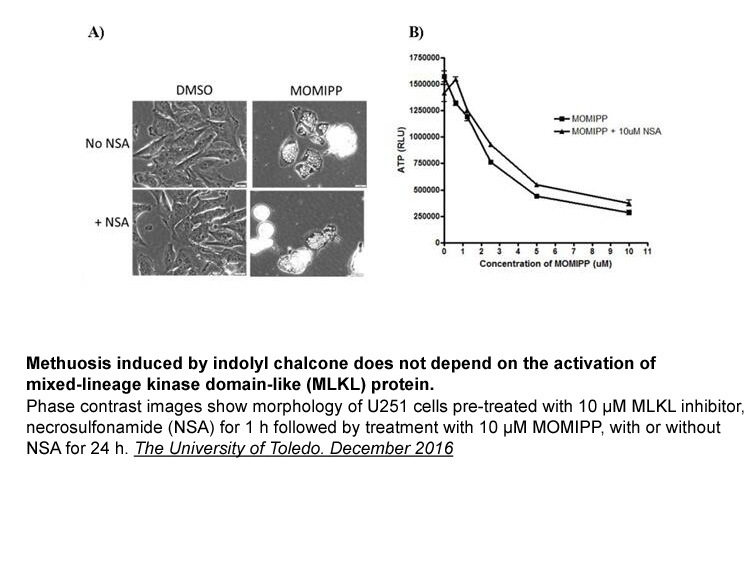
Little is known about the endocrinological control of reproduction in polychaetes. In vertebrates, gonadal maturation is regulated by the hypothalamo-pituitary-gonadal axis. GnRH, GTHs, and steroid hormones are involved in this axis (see Okubo and Nagahama, 2008). In two polychaete species, Perinere
-
In this study we also profiled the
2022-06-28
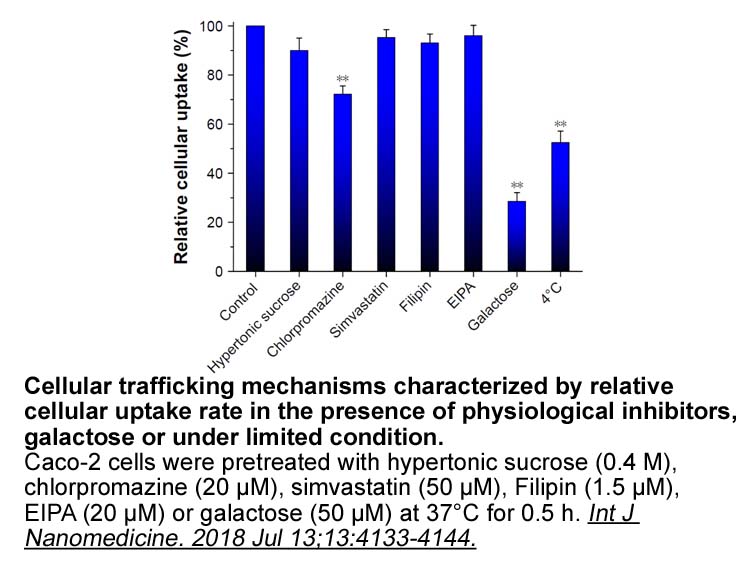
In this study, we also profiled the expression of the transporters in wild-type RBL-2H3 cells, RBL-2H3 Sc98 cells, and rat peritoneal mast cells. OCT1 and PMAT were expressed at high levels in both RBL-2H3 Sc98 and RBL-2H3 cells. However, OCT2 and OCT3 were weakly or least detected in RBL-2H3 Sc98 c
-
The observed CORT induced increase in Cx phosphorylation
2022-06-27
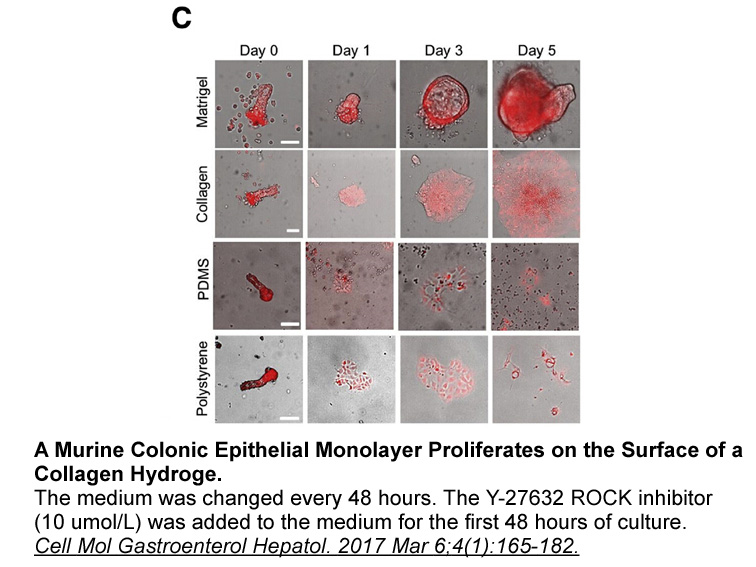
The observed CORT-induced increase in Cx43 phosphorylation at S368 may also contribute to GJIC disruption. Gap junction channel permeability is modulated through connexin phosphorylation (Moreno and Lau, 2007). Specifically, the phosphorylation of Cx43 on S368 has been previously shown to decrease i
-
The multiple sequence analysis showed that
2022-06-27

The multiple sequence analysis showed that the putative amino Parathyroid Hormone (1-34), bovine mg sequence of HbFDP had 80–99% identity to the FDPs from H. brasiliensis, Lupinus and T. wilfordii, Malus×domestica, Centella asiatica, M. sativa, M.recutita, accession H. annuus, and A. thaliana. The
-
Another important question for future studies will be
2022-06-27
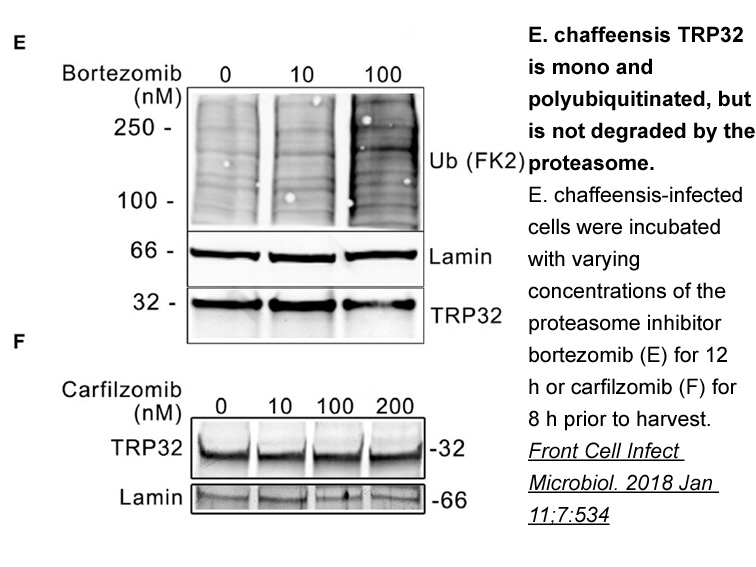
Another important question for future studies will be whether FAAH inhibitors work to normalize impairments in fear extinction that are known to be produced by environmental insults such as exposure to abused drugs and stress 97, 103. Indeed, several authors have posited utility of FAAH inhibitors f
-
Structurally HMTs can be broadly categorized into three
2022-06-27

Structurally, HMTs can be broadly categorized into three functional enzymatic families, the SET (Suppressor of variegation, Enhancer of zeste, Trithorax)-domain- containing methyltransferases, the non-SET DOT1-like (DOT1L) lysine methyltransferases, the PRDM family, containing a PR (PRDI-BF1-RIZ1 ho
-
Two typical properties of Gi
2022-06-27

Two typical properties of Gi/o protein-coupled receptors, namely an increase in 35S-GTPγS binding (Strange, 2010) and an inhibition of exocytotic noradrenaline release (Schlicker and Göthert, 1998), were not shared by H4 receptor activation on cortical membranes (guinea-pig and mouse) and cortical s
-
br Prostaglandins meet Hippo The prostaglandins lie
2022-06-27
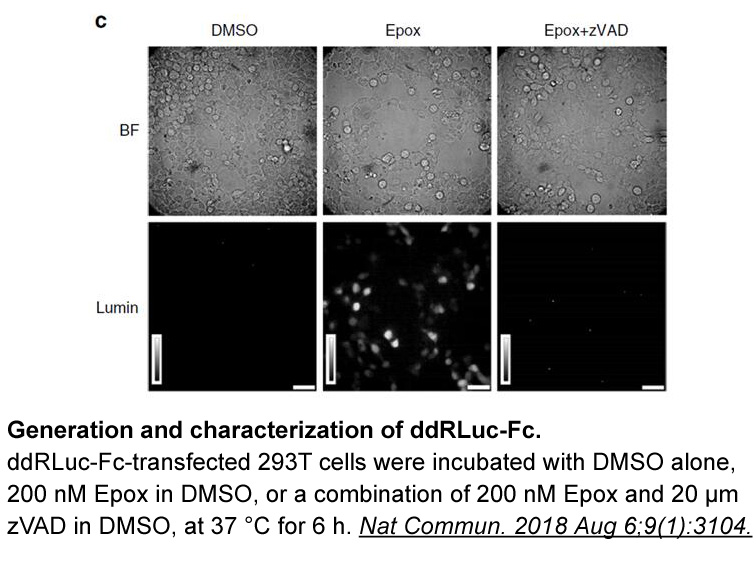
Prostaglandins meet Hippo The prostaglandins lie at the crossroads between inflammation, regeneration and tumorigenesis (Figure 3). Prostaglandins are synthesized from archidonic 2400 7 by Cox1 and Cox2 enzymes [40, 41] and in the gut, prostaglandin E2 (PGE2) protects against DSS-induced colitis
-
br Discussion Using HBV transgenic mice Kim et al
2022-06-27
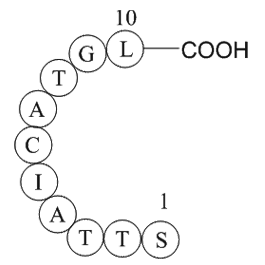
Discussion Using HBV transgenic mice, Kim, et al. first reported that the HBx gene caused HCC [34]. Since then, transgenic mice have become a useful experimental model for defining the molecular events of HBV hepatitis, and HBV-related hepatocarcinogenesis. In the present study, we first confirme
-
Glutathione in reduced form GSH the tripeptide glutamyl
2022-06-27

Glutathione in reduced form (GSH, the tripeptide, γ-glutamyl cysteinyl glycine) is a non-enzymatic low-molecular-weight antioxidant necessary for the maintenance of a cellular redox state (Noctor et al., 2012). At the stage of the transition from germination to seedling growth the process of cell di
11187 records 116/746 page Previous Next First page 上5页 116117118119120 下5页 Last page